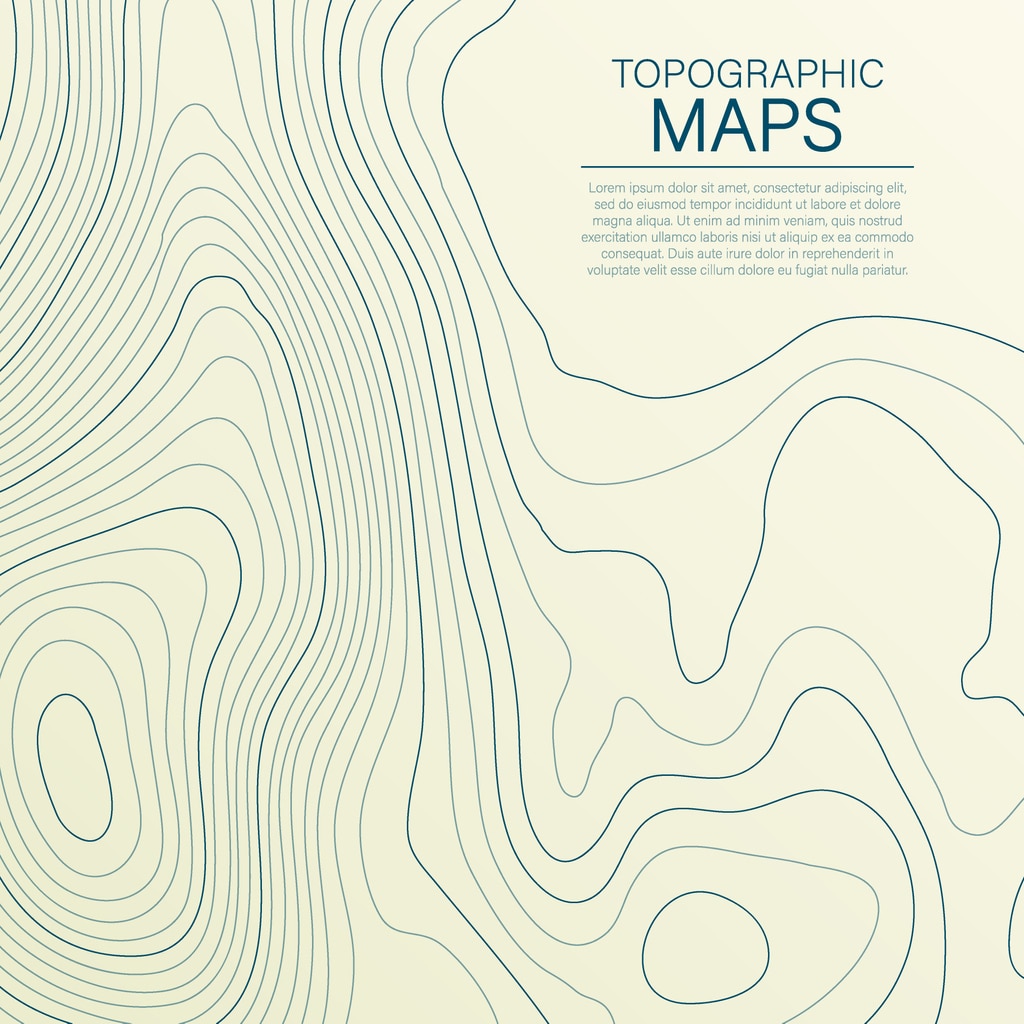

Updated on September 2, 2021
In one of our easement attorneys’ previous posts, we gave a general overview of easements and the various methods of creation. In this post, our Los Angeles Easement dispute attorney discusses creating an easement by express grant or express reservation.
An easement is an interest in real property. Accordingly, the creation or transfer of an easement must comply with the requirements of an instrument to convey real property. This rule is called the statute of frauds.
There are two methods of satisfying these requirements:
Accordingly, when an easement is created by an express grant or a reservation of rights in a written document, it is considered an express easement.
Although an easement may be created and transferred by writing or instrument other than a deed, an express easement usually is created by a deed. The instrument creating the easement must contain the names of both the grantor and the grantee (or other words sufficient to identify the grantee). The instrument must also contain a description that adequately identifies the servient tenement, either by reference to a recorded map or other recorded document that contains an adequate description. Further, the easement should also reference the dominant tenement.
Although the deed or contract creating the easement need not be recorded, an easement created by an unrecorded document may not be enforceable against a bona fide purchaser of a servient tenement. In other words, if you do not record your easement, you may not be able to enforce it against a person who purchases the servient tenement. Accordingly, it is prudent to make sure that easement is properly recorded in the chain of title for both the dominant and servient tenement.
Interpretation of the instruments of conveyance is an area ripe for litigation. Indeed, one of the most common issues in litigation is the type and extent of the easement’s intended use. This is because drafting a clear and unambiguous easement can be very challenging. For example, imagine you have an easement for ingress and egress on your neighbor’s driveway. However, what does that mean exactly? Are you allowed to park on that easement? Is your neighbor allowed to park on the easement? Are you also allowed to walk on the easement or is it only restricted to driving? Are your children allowed to play on the easement?
As you can see, there are a lot of important considerations when drafting an easement. These include, but are not limited to, assuring the limitations on the use of the easement are carefully set forth in the instrument creating the easement and considering both the present and future circumstances. For example, easement limitations might need to change if the dominant tenement plans on developing that portion of the property.
Schorr Law has experience drafting express easements and analyzing easement issues. If you’re you looking for a property easement dispute Los Angeles, we have the top rated real estate attorneys Los Angeles in California. To schedule a consultation please call (310) 954-1877 or email us at [email protected]. Our contact form is also available for you to send us a message.